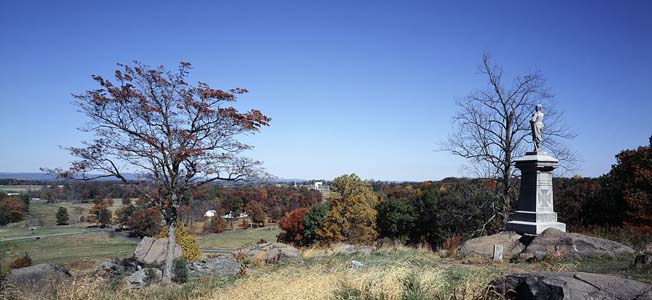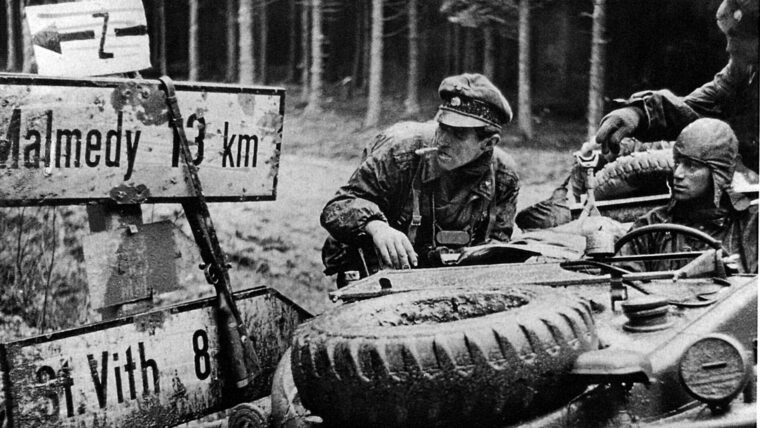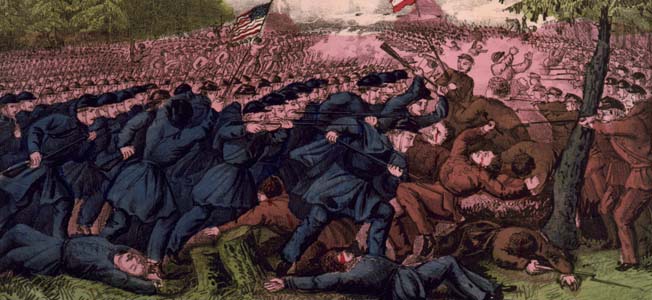
Union Army
The Conscription Act and Abraham Lincoln’s Civil War Substitute
By Roy Morris Jr.When Abraham Lincoln signed into law the first conscription act in American history in March 1863, one of the most unpopular parts of the widely unpopular act was the provision allowing draft-eligible males to hire substitutes to take their place in the army. Read more





















